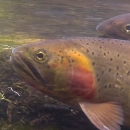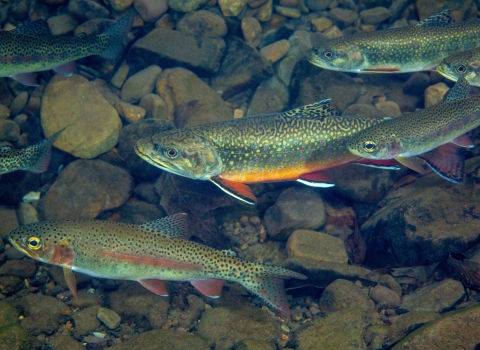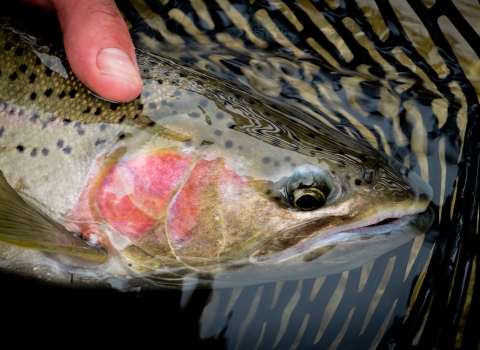What We Do
Our Services
Our national network of fish hatcheries, fish technology centers, fish health centers, and the Aquatic Animal Drug Approval Partnership program use applied science and technology to steer our conservation practices.
Fish Technology Centers assist national fish hatcheries by improving conservation techniques and methods. Scientists conduct nutrition studies and develop fish diets.
Practitioners at Fish Health Centers monitor the health of fish and amphibians in captivity and in the wild, and prescribe remedies as needed.
Researchers at the Aquatic Animal Drug Approval Partnership conduct intensive pivotal studies to meet the rigors of useful, new pharmaceuticals for fish.
The National Wild Fish Health Survey provides information on the presence or absence of aquatic animal pathogens in wild fish populations to tribes, state and federal fisheries managers, the aquaculture industry, conservation groups, researchers, and the public.
Our Library
Projects and Research
The National Wild Fish Health Survey provides information on the presence or absence of aquatic animal pathogens in wild fish populations to tribes, state and federal fisheries managers, the aquaculture industry, conservation groups, researchers, and the public. This information helps to better manage both hatchery and wild fish populations. ...
To view the data outside of the web application, please see the National Wild Fish Health Survey pre-Laboratory Information System feature layer's (1996-2020) data table and see the National Wild Fish Health Survey Laboratory Information System feature layer's (2021-present) data table.
Survey Assumptions and Limitations on Data Use...













